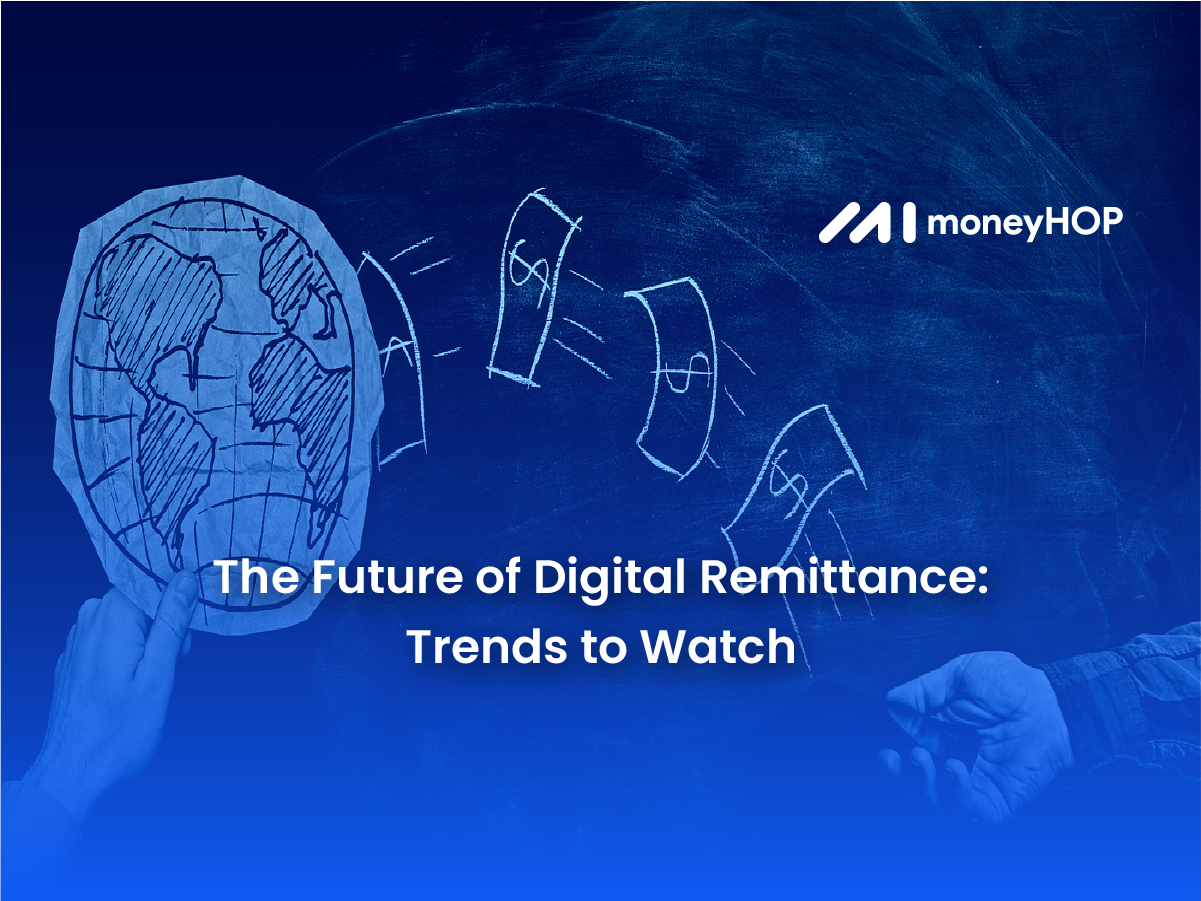The world has become borderless by opening its doors to millions of migrant workers. These migrant workers have changed the economic landscape of the countries by remitting money to their loved ones across borders. According to World Bank reports, the total of remittances in 2022 is expected to be approximately USD 774 billion. Moreover, projections state that it will hit at least USD 1.2 trillion by 2027. Furthermore, online remittances are a lighthouse by offering speed, transparency, and efficiency. In recent years, these remittance platforms powered by the Internet have caused an overhaul in the remittance industry by replacing the former traditional remittance systems. This blog enlightens you by depicting the prevalent trends that will pave the way for convenient remittances and seamless cross-border payments for the millions of people whose lives depend on remittances.
1. Greater Emphasis on Financial Inclusion
Financial inclusion provides access to banking and remittance services for people living around the globe. Digital remittances are on the rise due to the convenience they offer. Though more than 1.7 billion people in the world lack formal banking accounts, digital platforms are gradually being used to address this issue. Digital platforms are helping users receive, save, and send remittances via mobile or web-based applications. In places like Sub-Saharan Africa, people are completely dependent on digital remittances rather than conventional bank methods. This shows how financial inclusion has impacted the remittance system around the world.
2. The Evolution of Regulatory Compliance
As remittances through digital platforms increase, it is important to have a regulatory framework to control funds. This helps to secure funds from fraudulent activities and make a smoother transition across borders. Each country has its own regulatory system, such as Anti-Money Laundering (AML) and Know Your Customer (KYC) in India. This system makes sending or receiving money safe and fair.
3. Integration of AI & ML in Remittance
Artificial Intelligence (AI) and Machine Learning (ML) are changing the way we remit funds to foreign countries. They are enhancing the customer experience, automating rule checks, and forecasting market fluctuations. These technologies are also helping remittance providers in enhancing their operational efficiency. AI-powered chatbots and customer service tools are revolutionizing the remittance industry by making it easy, simple, and fast.
4. Rise of Global Remittance Platforms
Sending money overseas has become much easier due to online remittance players such as moneyHOP and Wise. These remittance service providers offer multi-currency transactions with real-time exchange rates. It also enables users to send money swiftly and in a cost-effective manner across borders. Their user-friendly interface and transparent fee structure make them a more reliable choice than traditional bank transfers. This has caused a major shift, making it more accessible for people to save money on their foreign remittances and fulfilling the needs of the global economy.
Why pay more for international money transfers when moneyHOP is here?
- NO hidden fees
- ZERO convenience fees
- Real-time updates
- Lowest exchange rates
5. Impact of the Pandemic & the Shift Toward Digitization
The pandemic has significantly affected people, forcing them to take a major step toward digitization. As a result, foreign remittances through online platforms have seen a surge in the number of users. This trend has continued even after the pandemic. These digital platforms offer convenience and accessibility to their users and have also become a preferred choice for people. This significant transformation emphasizes the importance of reliability in adapting to digital culture.
Future Trends of Digital Remittances in India
The digital remittances industry is expected to see significant expansion in the upcoming years, as projected remittance volumes are on the rise. By 2024, the market will have a transaction value of USD 2.51 billion. The predicted annual growth rate is 7.16% for the period from 2024 to 2028, totaling USD 3.31 billion by the end of that period. Such a growth pattern reflects a trend in the prevalence of digital platforms as remittance channels. Additionally, as the market grows, so does its customer base, which is estimated to include about 29.5 million users of digital remittance services by 2028. The average transaction value per user is projected to reach USD 9.84 thousand by 2024, which shows the significant financial influence of these transactions on both the senders and receivers.
How is moneyHOP revolutionizing the remittance market?
moneyHOP is revolutionizing the remittance market by offering a digital and affordable model for international money transfers and reducing global cross-border remittance fees. As India’s first cross-border neo bank, moneyHOP has launched services like HOPRemit for seamless foreign remittances. These innovations offer instant and contactless international remittance services, digital KYC for onboarding, and competitive currency exchange rates. moneyHOP has prioritized technology-based security for international money transfers. By making the remittance process more secure, cost-effective, paperless, and adhering to regulatory norms, moneyHOP aims to facilitate economical and convenient cross-border transactions.
Need to pay your university fees and living expenses abroad?
Make international money transfers easier than ever! Enjoy no paperwork, secure & swift transfers, and real-time tracking.
Also read: How to pay University Fees and Living Expenses in the USA from India
Final Thoughts
The landscape of digital remittances is undergoing a dynamic transformation, originating from factors such as mobile penetration and innovative technology. However, these trends present the future of money transfers, which will be faster, cheaper, and more inclusive. By embracing these technological breakthroughs, the remittance sector will make migrants better financial contributors for their families and home communities, resulting in global development.



Leave a Reply